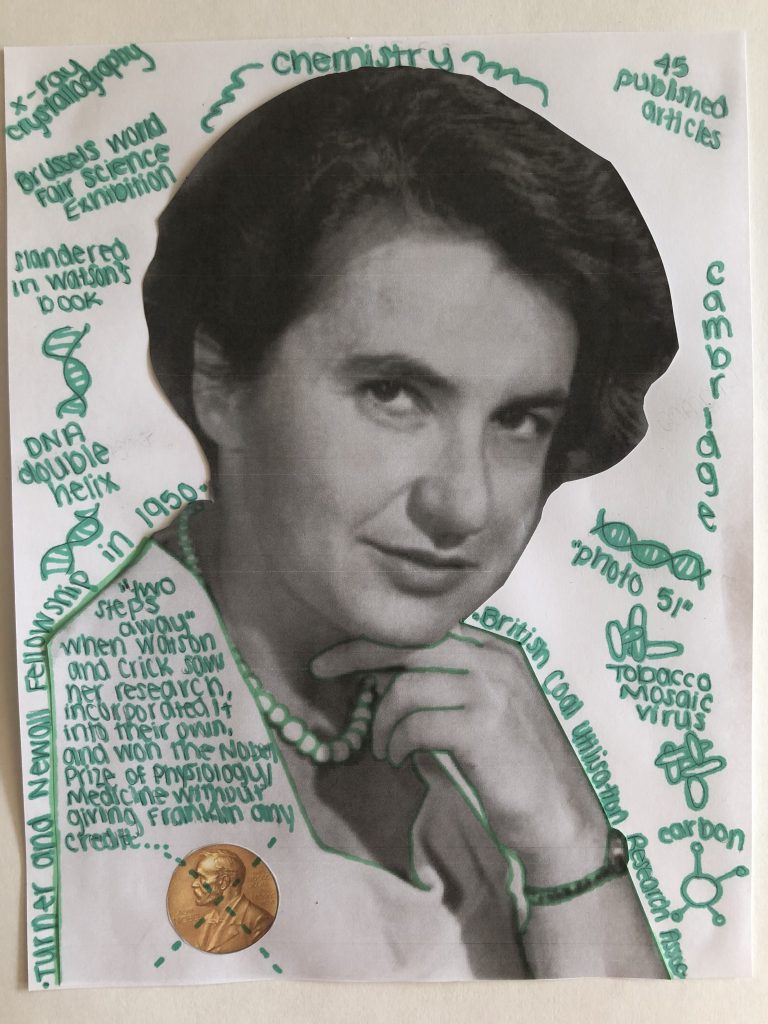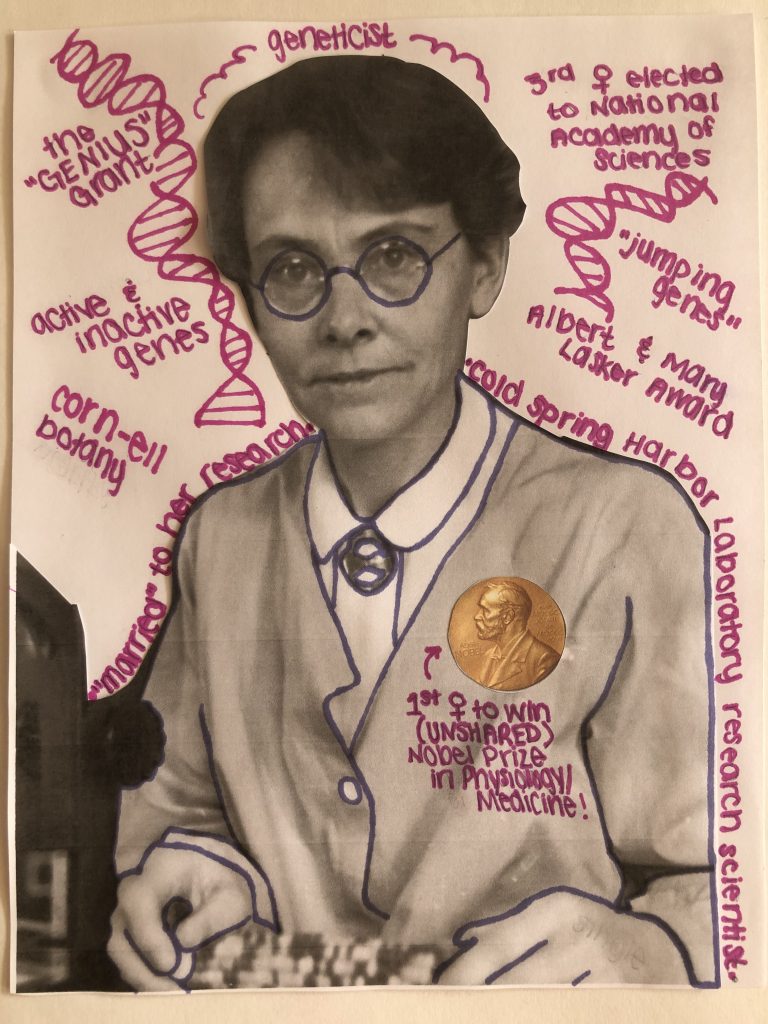If you were asked to name some of the most influential women in STEM, could you? Women in STEM have not received the same amount of recognition or respect as their male counterparts. Even worse, male collaborators have been celebrated for female’s work or neglected acknowledging female involvement in projects. Each woman in STEM has undergone her own unique battle, but as a whole, the female STEM community has long fought for the opportunity and recognition they deserve. Let’s take a look at some of the women who have redefined what it means to be a woman in STEM…

Rosalind Franklin
1920-1958
Franklin made tremendous progress in the discovery of DNA’s structure in addition to her many other achievements (Elkin 2009). Despite all her hard work, Watson and Crick stole Franklin’s x-ray photograph of DNA (“Photo 51”), which put her “two steps away” from a breakthrough (Lee 2013, “Biographical Overview: Rosalind”). Watson and Crick then won the Nobel Prize and Franklin never got proper credit for her contributions (Lee 2013). Even without the award, Franklin altered the field of chemistry as a whole (Elkin 2009).

Barbara McClintock
1902-1992
McClintock attended Cornell, and began working with corn in order to determine its genetic structure (“Biographical Overview: Barbara”). Later, McClintock discovered transposons (“jumping genes”) that can change locations on a chromosome (Ravindran 2012). This discovery earned her MANY awards and distinctions, most notably the Nobel Prize in Physiology or Medicine (Ravindran 2012).

Esther Lederberg
1922-2006
Lederberg often got pushed into the background by male colleagues and did not receive jobs that properly matched her accomplishments (Lee 2013). Nevertheless, she succeeded in making her mark. With her discovery of the Lambda phage and her her bacterial plating techniques, Esther made massive strides in the field we now call biotechnology (Lee 2013, Marks 2015). Ultimately, Esther’s husband, Joshua, won the Nobel Prize for work they had done together, but Esther never received any credit (Marks 2015).

Lise Meitner
1878-1968
Meitner was one of the first known female scientists to make significant process in her field. As a Jewish Austrian, she spent a large chunk of her life hidden from German authorities (Lee 2013). Despite this, Meitner made many discoveries causing her to be known as the “mother of nuclear fission” (“Lise Meitner” 2019). Even with this reputation and her impressive list of “firsts,” Meitner’s scientific partner, Otto Hahn, received sole credit for their work together in the form of the Nobel Prize (Tretkoff 2007). Hahn never rectified Meitner’s exclusion (Tretkoff 2007).

Katherine Johnson
1918-February 2020
Johnson was one of the most influential female mathematicians to ever live, especially regarding her work with NASA (Shetterly 2020). Johnson’s calculations allowed for the safe and successful arrival of multiple US astronauts in space (Fox 2020). Especially as an African-American female, Johnson overcame even more obstacles (Fox 2020). President Obama recognized Johnson for her work when he awarded her with the Presidential Medal of Freedom in 2015 (Shetterly 2020).
Project Sources:
My project was inspired by Wendy Red Star’s 1880 Crow Peace Delegation, 2014 within the Wellin Museum in Clinton, NY which follows a similar design, but gives a new light to Native Americans.
Informational Sources:
“Biographical Overview: Rosalind Franklin – Profiles in Science.” U.S. National Library of Medicine, National Institutes of Health, profiles.nlm.nih.gov/spotlight/kr/feature/biographical.
Image Credits cited under “attachment details” for each image, but links provided below, as well.
Franklin, McClintock, Lederberg, Meitner, Johnson, Nobel Prize, Medal of Freedom